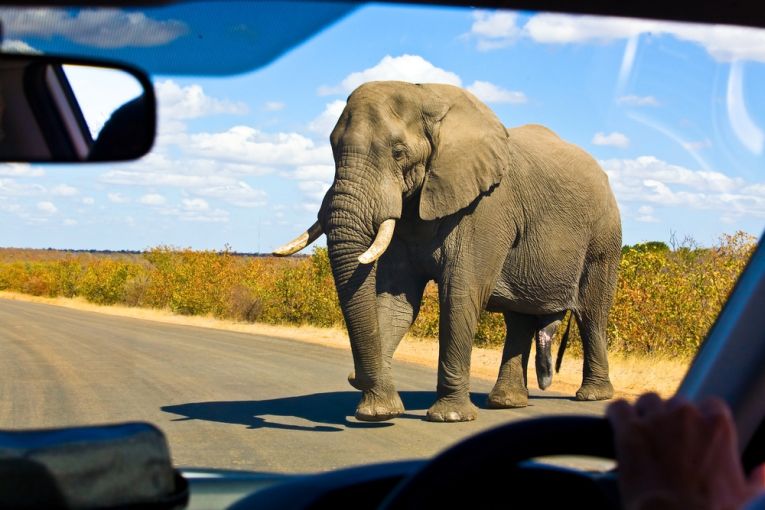When the African elephants of 13 countries are counted next year, it will be the first (and possibly even the last) of the Great Elephant Census. Dr. Mike Chase is one of the leading lights of Elephants Without Borders. He aims to lead a count of every elephant in Africa over a 2-year census, hopefully finding more than he is expecting. 90% of the savannah elephants (the species is the bush elephant) live south of the Sahara, but the final 10% will be hard to find, in regions where poachers have not yet found them. Increase in population, fragmentation and decrease are the main measures, alongside their distribution and range. In Botswana, Elephants Without Borders have recorded a record large range of 24,828 square km. This correlates with this single rare incidence of an expanding population, in a rapidly dwindling species.
Next February, 18 planes will be employed in the aerial count, with photography hopefully able to record even babies behind bushes. With the highest mortality rate ever known, the populations will soon be so low that counting will be unnecessary. Botswana's increase in population is not mirrored in less well-protected areas. Well-armed, illegal and immoral traders use the ivory in a multibillion dollar trade with Asia, where elephants are also disappearing fast. Every week, we lose hundreds, completing a total of 30,000 last year. The report by the International Fund for Animal Welfare was pitiful to read.
Dickson Kaelo is the CEO of Kenya Wildlife Conservancies Association. In his opinion, this census is long overdue. "It's unacceptable that we don't have accurate data showing how many elephants there are and where they are." In Kenya they recently estimated their elephant population at 38,000, but poachers have reduced this rough estimate as they rapidly take more of their "prey."
Dr. Chase aims to engage Gabon, Kenya, Niger and Zambia's new regulations on ivory exports. Consumer countries include China, Thailand, Vietnam, Philippines and Malaysia, all committed to action on the serious crime. Mutual legal assistance, asset-seizure, extradition and many other anti-criminal actions are planned. Flying over one national park this October, he counted 33 live elephants and 55 carcasses. Just ten years ago, there were 2000 elephants there. His personal attitude is made more obvious, as the whole organisation gears towards reaching other large herbivore surveys on the continent. "Elephants are a symbol of our commitment to conservation in Africa. If we can't save the African elephant what is the hope of conserving the rest of Africa's wildlife?" We couldn't put it better ourselves.










